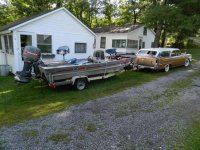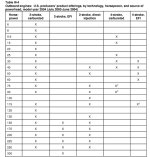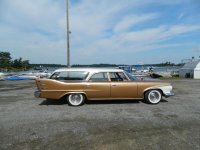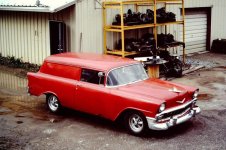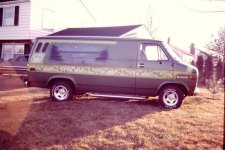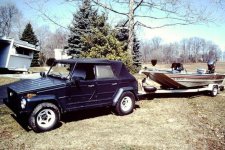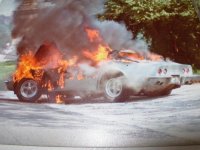I'm not sure if this is posted somewheres in this forum but I tried to post yesterday and can't find it so, I'll try again.
Anyway, my 4 cyl 1986 75HP Mariner wouldn't start, so took it to marina. I have had it since new, always, winterized it and it always started easily and ran great. I only use it once a year or less. Most of the lakes in my area are electric only. Marina said it would start if lowered into water but not with hose hook up. They said it had low compression in top cyl. "Common for this engine".
I just wondering what I should do next. I'm going to check comp before I go any further but IF it is low in that cyl, what can I do. I'm guessing it should be over 100 lbs[?] and as long as they are relatively even, then I will look elseware. It is very clean with low hours. I have rebuilt several auto motors from my VW Beetle to my 67 GTO with excellent results, so I am not afraid to rebuild it if needed. I don't have a clue, can they even be rebuilt, if so, is it worth it, are there kits? Are there other things that would cause low compression other than bad rings/cyl that I might look at first? Is there a shop manual available and will it cover tear down and rebuilding?
Sorry for the rambling but I am looking for any help and suggestions.
Thanks and HAVE A GREAT WEEKEND!
Karl.
Anyway, my 4 cyl 1986 75HP Mariner wouldn't start, so took it to marina. I have had it since new, always, winterized it and it always started easily and ran great. I only use it once a year or less. Most of the lakes in my area are electric only. Marina said it would start if lowered into water but not with hose hook up. They said it had low compression in top cyl. "Common for this engine".
I just wondering what I should do next. I'm going to check comp before I go any further but IF it is low in that cyl, what can I do. I'm guessing it should be over 100 lbs[?] and as long as they are relatively even, then I will look elseware. It is very clean with low hours. I have rebuilt several auto motors from my VW Beetle to my 67 GTO with excellent results, so I am not afraid to rebuild it if needed. I don't have a clue, can they even be rebuilt, if so, is it worth it, are there kits? Are there other things that would cause low compression other than bad rings/cyl that I might look at first? Is there a shop manual available and will it cover tear down and rebuilding?
Sorry for the rambling but I am looking for any help and suggestions.
Thanks and HAVE A GREAT WEEKEND!
Karl.


